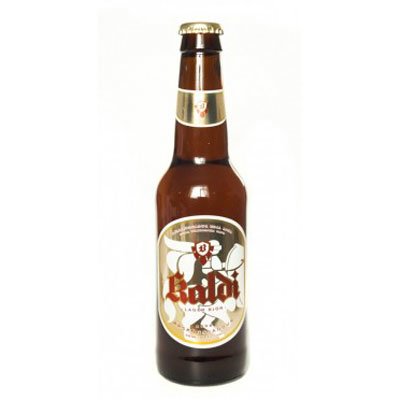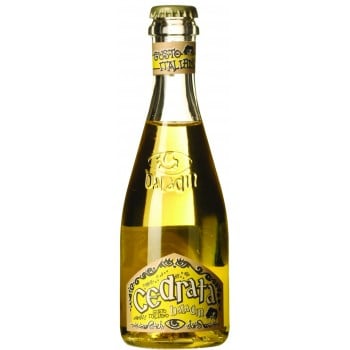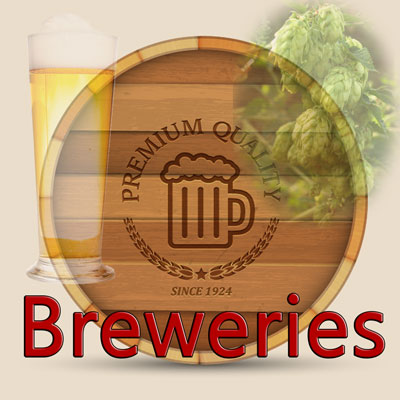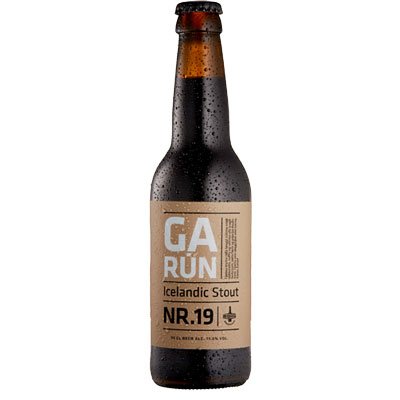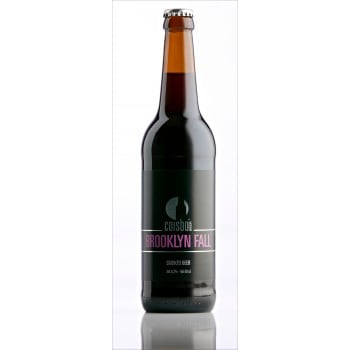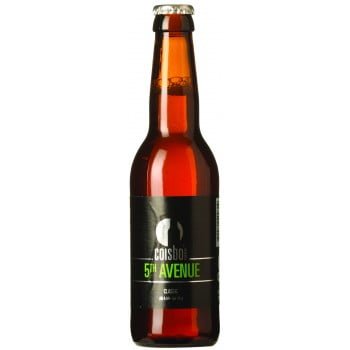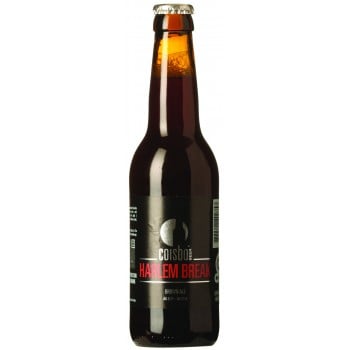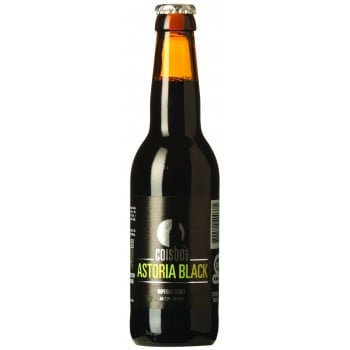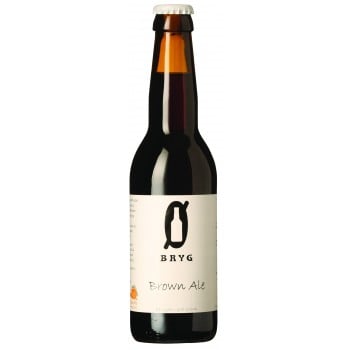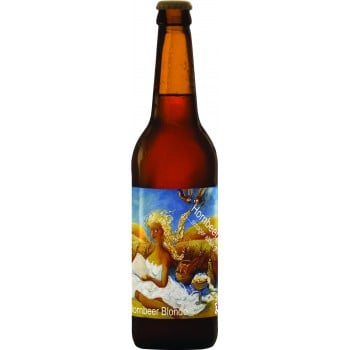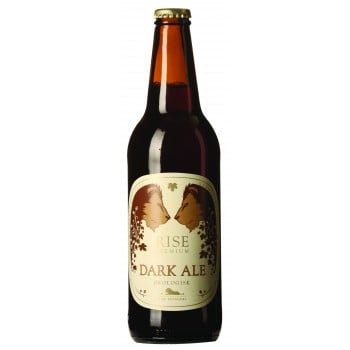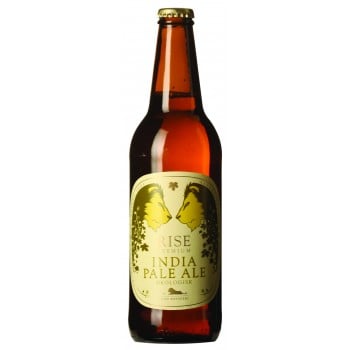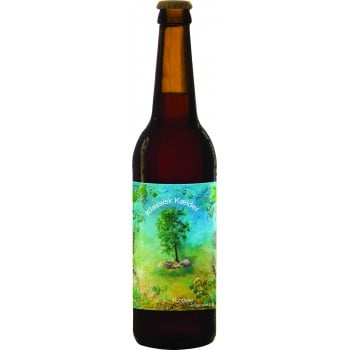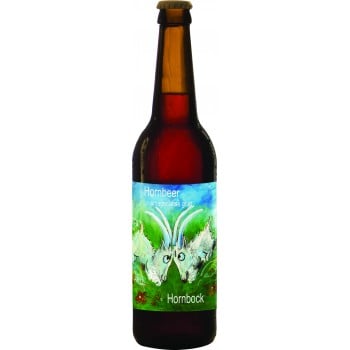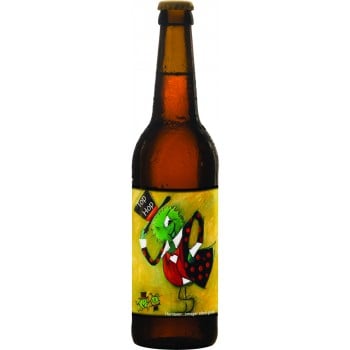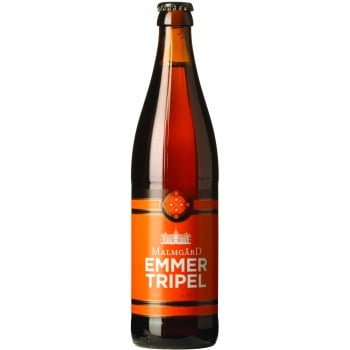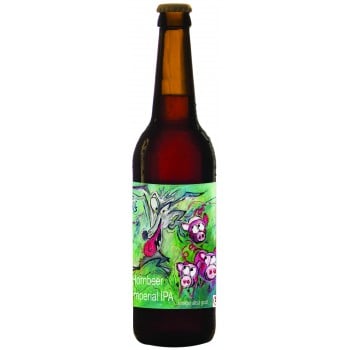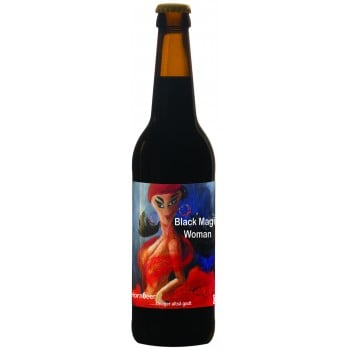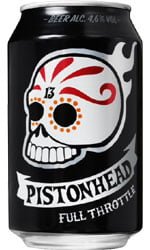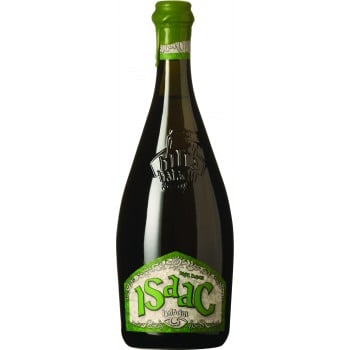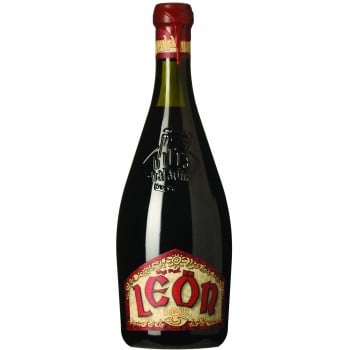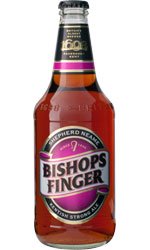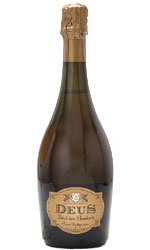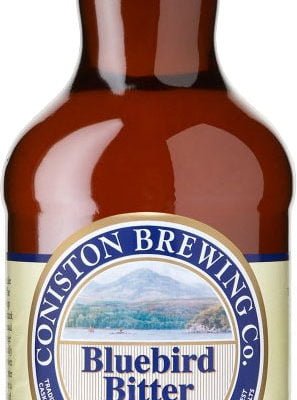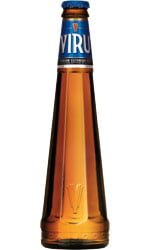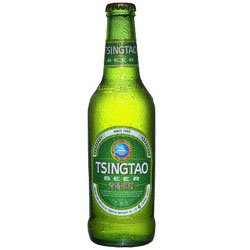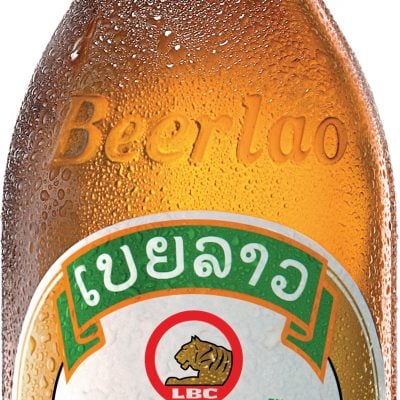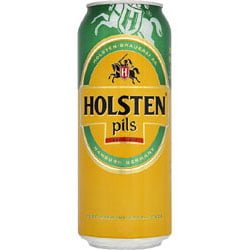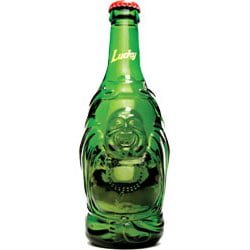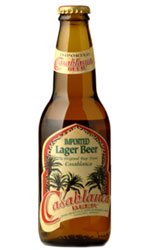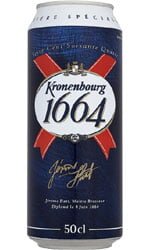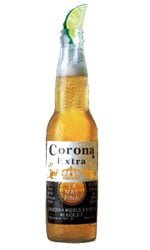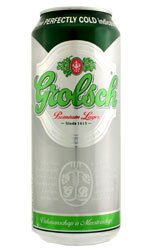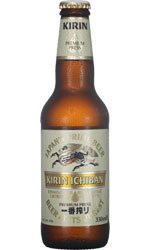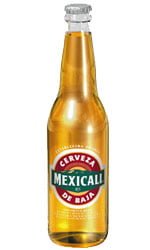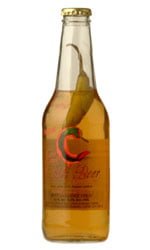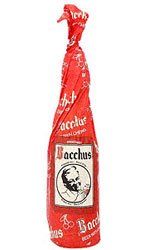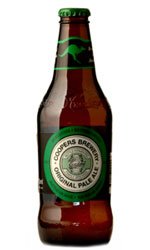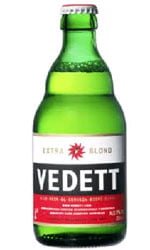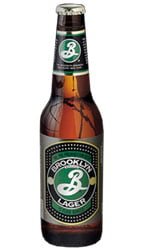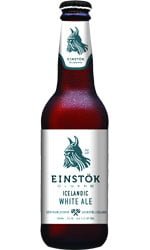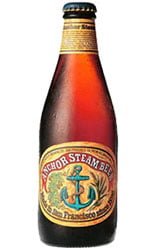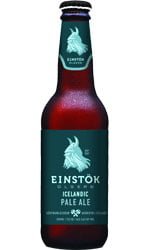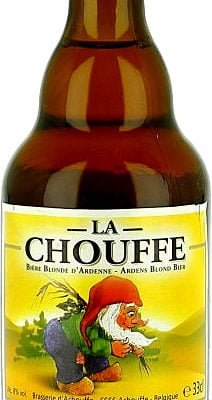Beer for pleasure and inspiration
As the world’s oldest alcohol, and third most popular drink after water and tea, beer has had many incarnations, lots of interpretations and today, is one of the largest grossing industries in the world.

The first recipes and references to beer have been found as far back as ancient Iran and early ancient Egypt, and it is widely believed that beer has been produced in some way of another, ever since humankind worked out how to domesticate the cereal crop.
Simply put, as soon as there was bread, wheat and barley, there was beer. Used as foodstuff as well as a means to decontaminate our drinking water, medieval Europe was the first period where mead (which was more a muggy, meaty beer) was frequently drunk by both adults and children.
Partly due to the contamination of a town’s standard water supply, mead remained popular until breweries decided to focus on the quality and distribution of beer on a larger scale, as this would be profitable.
Much like wine, and most other foodstuffs, each brewery’s aim was to modify the taste and quality of what each company was producing as well as attempting to offer something to the consumer which was better than its competitors.
Different methods and production techniques are always being played around with, and even today there is something wholly exciting in trying a brew made with something new or unusual.
For anyone that has attempted to try and brew beer at home, there is a lot more to it than hops, wheat, barley and yeast.
What the beer is brewed with, its containment and other infused flavours can end up creating hugely diverse finished products, but are all classified under the umbrella name we know and love so well.
Starting with the main players in beer production, Central and Eastern Europe are widely known as having the best traditional beers in the world.
German beer is one of the oldest incarnations of beer, which we still drink today. Germany and the Czech Republic both brew and produce using the Reinheitsgebot, or Bavarian Purity Law, which outlines that only hops, water and barley are to be used to brew certain barley-malt beer, and that top-fermentation is used to create their famous wheat beer.
Germany and the Czech Republic produce and export the second highest amount of beer in the world, and with Austria coming in third, the Bavarian Purity Law looks to be a proven sign of high quality in beer and larger sold all over the world.
German beers are generally categorised into three main types: Weizenbier, Roggenbier and Berliner Weisse, which are standard wheat beer, dark rye beer and pale, sour beer which is mainly produced in Berlin.
The first two are very much standard Bavarian session beers, especially as most people’s experience with both Weizenbier and Roggenbier is when they’re served two pint steins at their local Christmas market.
Berliner Weisse is slightly different, as it is very sour and dry, tasting closer to a higher proof IPA rather than a beer. It is usually served with a fruit syrup top making it a favourite of those who prefer to drink something light, refreshing and with a fruit twist if you are not in favour of very dry beer.
Berliner Weisse closely resembles most Czech beer, although the latter is generally milder and far less sour. Famous for Pilsner Urquell and Budweiser Budvar, Czech beer is in my opinion, some the best beer in the world. Czech beer is generally very light and with a lower alcohol percentage and almost always brewed as a Pilsner larger.
Categories of beer are divided and sold in four groups: Lehke, Vycepni, Lezak and Special, translating to light, tap or draft, lager beer and special high percentage beer.
The split almost solely refers to each beer’s alcohol percentage, however, as standard, Czech beers are light, pale in colour, and have lots of very small bubbles which gives the added creamy texture synonymous with all good Bavarian Weisse Biers.
Jumping east, Asian beers are seen as tighter, raucously effervescent and exotically infused with adventurous flavours.
Left over from their colonial ties, British and Dutch Indian beer built their reputation on using mostly European production techniques, however, areas like China have steadily grown since then, and now China has become the world’s number one producer and exporter of beer in the world.
With its world famous brewery, gorgeous bottles and distinctive labelling, Tsingtao beer is a perfect example of what makes Chinese beer popular.
Light, but amber in colour, Tsingtao is very bubbly, has a lower APV than its European equivalents and is expertly filtered giving it an extremely silky and pure flavour.
As with many of their exported goods, China capitalised early on glamourizing its beer. Using brightly coloured labels and comically fun bottle shapes, it has become something of a novelty, which, along with the fact that they make hugely drinkable beer, has helped China remain the highest exporters of beers and larger since 2001.
On the other side of the world, American beer has built a solid reputation for widely marketable beer, lager and IPA which, when compared with its European counterparts, looks and tastes like a completely different animal.
Whereas Europe concentrated on creating unusual and unique flavours, Americas exports in majority, consist of slick and highly-filtered beer and lager.
Made for export and with their widely accessible and marketable taste and branding, companies like Bud, Lone Star, Coors and Miller are bought and enjoyed in the furthest corners of the world.
In contrast to these international breweries, over the last three decades America has also created and helped popularise the craft beer industry.
Made by smaller companies with locally sourced ingredients, craft beer companies like the Boston Beer company, D.G Yuengling and Son and Sierra Nevada became successful at the turn of the 21st Century by focusing on both quality, and the uniquely different flavours and tastes which larger companies are simply unable to mass produce.
All the rest of the world had to do was follow in suit and the craft beer industry became a worldwide billion-dollar industry.
Flavoured with fruits, herb and spices, made with organic ingredients and created to help support local economies and wholesalers, craft beer has become more than just a fad and is enjoyed by all connoisseurs and beer novices alike.
The increased popularity of locally sustained and produced craft beer has also become popular across Europe, Scandinavia and Australia.
Appearing to come full circle, independent breweries are also being given more chance to distribute to a wider range of audiences, which in turn helps to support the craft beer industry.
Notable regions with phenomenal craft beer include, Southern Italy, London, Boston, Chicago, Scotland, Brisbane, Melbourne, and smaller cities like Berlin and Köln.
Depending on whether you want to drink something solid and safe or try something unique and unusual these are the areas where you have a huge choice in traditional and craft beer.

Michael Bredahl
Wine Writer
Michael is an online enthusiast, with a lot of knowledge about online marketing. Traveling around the world to hunt for the perfect wine. Latest on Sicily, where Etna has a huge impact on the taste, which is strong with a bitter aftertaste for the youngest wines, but older wines are fantastic. Drinking wine, and writing about them, are one the passions. Remember to drink responsibly 🙂
Are you a Copywriter?
We have a lot of articles without much content, if you can do it better, you are welcome to write a nice article, and get the proper credit for that. Read more information about beeing an author, and Contact us for more information.
Find your favourite Beer
-

Kaldi Light – Icelandic Beer
€2.45 Find merchant -

Cedrata Baladin – Baladin Brewery
€2.70 Find merchant -

Icelandic Arctic Pale Ale – Einstök Ölgerð
€2.90 Find merchant -

White Ale – Einstök Ölgerð
€2.90 Find merchant -

Garún – Icelandic Stout – Nr. 19
€2.99 Find merchant -

Viking Classic
€3.10 Find merchant -

Freyja – Belgian Style
€3.15 Find merchant -

Buur – Randers & Raasted Brewery
€3.30 Find merchant -

Ambassadør – Randers & Raasted Brewery
€3.30 Find merchant -

Slottskällans Vit – Slottskällans Bryggeri
€3.60 Find merchant -

Kiuchi Nest White Ale – Kiuchi Brewery
€3.90 Find merchant -

Coisbo Brooklyn Fall Smoked Beer – Coisbo Beer ApS
€4.10 Find merchant -

Coisbo 5 Avenue Lager – Coisbo Beer ApS
€4.10 Find merchant -

Coisbo Harlem Break Brown Ale – Coisbo Beer ApS
€4.10 Find merchant -

Coisbo Queens Desire Weissbier – Coisbo Beer ApS
€4.10 Find merchant -

Coisbo Manhattan Dawn Americian IPA – Coisbo Beer ApS
€4.10 Find merchant -

Coisbo Urban Haze Pale ale w/elderflower – Coisbo Beer ApS
€4.10 Find merchant -

Coisbo Astoria Black Imperial Stout – Coisbo Beer ApS
€4.10 Find merchant -

Brown Ale – Thurø Bryghus Aps (Ø-Bryg)
€4.80 Find merchant -

Pale Ale – Thurø Bryghus Aps (Ø-Bryg)
€4.80 Find merchant -

Kiuchi Nest Espresso Stout Ale Yeast – Kiuchi Brewery
€5.10 Find merchant -

Blond Økologisk (Eco) – Hornbeer Brewery
€5.30 Find merchant -

Premium Dark Ale Økologisk (Eco) – Rise Bryggeri
€5.30 Find merchant -

Premium India Pale Ale Økologisk (Organic) – Rise Bryggeri
€5.30 Find merchant -

Klassisk Kælder Økologisk – Hornbeer Brewery
€5.60 Find merchant -

Hornbock – Hornbeer Brewery
€5.60 Find merchant -

Saison – Hornbeer Brewery
€5.60 Find merchant -

Dark Wheat Økologisk (Eco) – Hornbeer Brewery
€5.60 Find merchant -

TopHop Session – Hornbeer Brewery
€5.60 Find merchant -

Svejk Bøhmisk Pilsner – Hornbeer Brewery
€5.60 Find merchant -

Emmer Tripel – Malmgårds Sädesmagasin Ab
€6.00 Find merchant -

Dinkel – Malmgårds Sädesmagasin Ab
€6.00 Find merchant -

Arctic Circle Ale – Malmgårds Sädesmagasin Ab
€6.00 Find merchant -

Belge – Malmgårds Sädesmagasin Ab
€6.00 Find merchant -

Røgøl (Smokey) – Hornbeer Brewery
€6.10 Find merchant -

Framboise Frugtøl – Hornbeer Brewery
€6.10 Find merchant -

Dryhop – Hornbeer Brewery
€6.10 Find merchant -

Grisk IPA – Hornbeer Brewery
€6.10 Find merchant -

Funky Monk Belgisk Ale – Hornbeer Brewery
€6.50 Find merchant -

Hornbeer Imperial IPA – Hornbeer Brewery
€6.50 Find merchant -

Hophorn Dark IPA – Hornbeer Brewery
€6.50 Find merchant -

Helge Barleywine with Fruit – Hornbeer Brewery
€6.50 Find merchant -

Happy Hoppy Viking Tripple IPA – Hornbeer Brewery
€6.50 Find merchant -

Påskeøl (Easter Beer) – Hornbeer Brewery
€6.50 Find merchant -

Coisbo Four Russian Imperial Stout – Coisbo Beer ApS
€6.60 Find merchant -

Barleywine – Hornbeer Brewery
€6.60 Find merchant -

Caribbean Rumstout Imperial Stout – Hornbeer Brewery
€7.30 Find merchant -

The Fundamental Blackhorn Imperial Stout – Hornbeer Brewery
€7.30 Find merchant -

Viking Chili Stout Imperial Stout – Hornbeer Brewery
€7.30 Find merchant -

Black Magic Woman Imperial Stout – Hornbeer Brewery
€7.30 Find merchant -

Pistonhead – Kustom Lager 6 Pack 6x 330ml Cans
€9.89 Find merchant -

BrewDog – Punk IPA Gift Pack 2x 330ml Bottles
€10.10 Find merchant -

Baladin Isaac Ale – Baladin Brewery
€10.50 Find merchant -

Historic Ales – from Scotland 4x 330ml Bottles
€11.06 Find merchant -

Baladin Leon Belgian dark Ale – Baladin Brewery
€12.70 Find merchant -

Brooklyn – Lager Gift Pack 3x 355ml Bottles
€17.69 Find merchant -

Shepherd Neame – Masterbrew 8x 500ml Bottles
€17.73 Find merchant -

Shepherd Neame – Spitfire 8x 500ml Bottles
€20.08 Find merchant -

Shepherd Neame – Double Stout 8x 500ml Bottles
€20.27 Find merchant -

Shepherd Neame – Bishops Finger 8x 500ml Bottles
€20.76 Find merchant -

Shepherd Neame – Christmas Ale 8x 500ml Bottles
€21.24 Find merchant -

Deus – Brut des Flandres 75cl Bottle
€21.61 Find merchant -

Thomas Henry – Ginger Beer 24x 200ml Bottles
€23.31 Find merchant -

Fullers – London Pride 8x 500ml Bottles
€24.28 Find merchant -

Timothy Taylor – Landlord Ale 8x 500ml Bottles
€24.76 Find merchant -

Timmermans – Strawberry 12x 330ml Bottles
€28.30 Find merchant -

Timmermans – Kriek (Cherry) 12x 330ml Bottles
€32.88 Find merchant -

Sapporo 24x 330ml Bottles
€32.98 Find merchant -

Erdinger – Dunkel 12x 500ml Bottles
€33.46 Find merchant -

Erdinger – Weissbier 12x 500ml Bottles
€34.37 Find merchant -

Schneider – Original 12x 500ml Bottles
€34.60 Find merchant -

John Smiths – Original Bitter 24x 440ml Cans
€35.66 Find merchant -

Stella Artois 24x 330ml Bottles
€35.69 Find merchant -

Leon Beer 24x 330ml Bottles
€35.95 Find merchant -

Coniston – Bluebird Bitter 12x 500ml Bottles
€37.11 Find merchant -

Leon Beer 12x 630ml Bottles
€37.33 Find merchant -

Asahi – Super Dry 24x 330ml Bottles
€37.51 Find merchant -

Viru – Estonian Beer 20x 300ml Bottles
€37.76 Find merchant -

Tsingtao – Lager 24x 330ml Bottles
€38.00 Find merchant -

Sol 24x 330ml Bottles
€38.24 Find merchant -

Mythos – Lager 24x 330ml Bottles
€38.24 Find merchant -

Beerlao 24x 330ml Bottles
€38.29 Find merchant -

Chang 24x 330ml Bottles
€38.61 Find merchant -

Bangla 12x 660ml Bottles
€38.83 Find merchant -

Efes – Pilsner Lager 24x 330ml Bottles
€38.97 Find merchant -

Budweiser Budvar 24x 330ml Bottles
€39.69 Find merchant -

Beerlao 12x 640ml Bottles
€39.90 Find merchant -

Kolson – Export Lager 24x 330ml Bottles
€40.45 Find merchant -

Holsten Pils 24x 500ml Cans
€40.62 Find merchant -

Keo Beer 24x 330ml Bottles
€40.77 Find merchant -

Phoenix 24x 330ml Bottles
€40.79 Find merchant -

Lapin Kulta – Premium 24x 330ml Bottles
€40.79 Find merchant -

Lucky – Buddha 24x 330ml Bottles
€41.15 Find merchant -

Cusquena 24x 330ml Bottles
€41.81 Find merchant -

Camden – Hells 24x 330ml Bottles
€41.86 Find merchant -

Keo Beer 12x 630ml Bottles
€42.48 Find merchant -

John Smiths – Extra Smooth 24x 440ml Cans
€42.58 Find merchant -

Tiger Beer 24x 330ml Bottles
€42.62 Find merchant -

Dixie Beer – American Lager 24x 330ml Bottles
€42.78 Find merchant -

Stella Artois 24x 500ml Cans
€42.88 Find merchant -

Casablanca 24x 330ml Bottles
€43.11 Find merchant -

Budweiser 24x 500ml Cans
€43.68 Find merchant -

Peroni – Nastro Azzuro Lager 24x 330ml Bottles
€43.70 Find merchant -

Blue Marlin 24x 330ml Bottles
€44.07 Find merchant -

Moosehead – Pale Ale 24x 341ml Bottles
€44.07 Find merchant -

Guinness – Original 24x 500ml Cans
€44.30 Find merchant -

Kronenbourg 24x 500ml Cans
€44.36 Find merchant -

Corona 24x 330ml Bottles
€45.16 Find merchant -

Alhambra – Premium 24x 330ml Bottles
€45.52 Find merchant -

Moosehead 24x 350ml Bottles
€45.55 Find merchant -

Grolsch 24x 500ml Cans
€45.73 Find merchant -

Menabrea 1846 24x 330ml Bottles
€45.89 Find merchant -

Pabst – Blue Ribbon PBR 24x 355ml Bottles
€46.61 Find merchant -

Mexicali – Dark 24x 330ml Bottles
€46.69 Find merchant -

Budweiser Budvar 20x 500ml Bottles
€46.74 Find merchant -

Lone Star 24x 355ml Bottles
€46.98 Find merchant -

Kirin – Ichiban Shibori 24x 330ml Bottles
€48.05 Find merchant -

Gold Label 24x 330ml Cans
€48.13 Find merchant -

Mexicali 24x 330ml Bottles
€48.18 Find merchant -

Alhambra – Especial 24x 330ml Bottles
€48.28 Find merchant -

Chili Beer 24x 330ml Bottles
€48.80 Find merchant -

Brahma – Brazilian Lager 24x 330ml Bottles
€48.89 Find merchant -

Hoegaarden – Original Belgian Wheat Beer 24x 330ml Bottles
€50.08 Find merchant -

Bacchus – Kriek (Cherry) 12x 375ml Bottles
€50.24 Find merchant -

Coopers – Pale Ale 24x 375 Bottles
€50.25 Find merchant -

Newcastle Brown Ale 24x 500ml Cans
€51.05 Find merchant -

Desperados – French Tequila Flavoured Lager 24x 330ml Bottles
€51.05 Find merchant -

Estrella – Damm 24x 330ml Bottles
€52.44 Find merchant -

Vedett – Blonde 24x 330ml Bottles
€52.96 Find merchant -

Guinness – Draught 24x 440ml Cans
€54.53 Find merchant -

Brooklyn – Lager 24x 355ml Bottles
€54.63 Find merchant -

Einstok – White Ale 24x 330ml Bottles
€54.96 Find merchant -

Coopers – Sparkling Ale 24x 375 Bottles
€55.11 Find merchant -

Guinness – Foreign Extra Stout 24x 330ml Bottles
€55.34 Find merchant -

Leffe – Blonde 12x 330ml Bottles
€56.21 Find merchant -

Alhambra – Reserva 24x 330ml Bottles
€56.25 Find merchant -

BrewDog – Punk IPA 24x 330ml Bottles
€57.23 Find merchant -

Anchor – Steam 24x 35.5cl
€57.74 Find merchant -

Einstok – Doppelbok 24x 330ml Bottles
€57.95 Find merchant -

Einstok – Pale Ale 24x 330ml Bottles
€58.59 Find merchant -

Quilmes 24x 330ml Bottles
€59.12 Find merchant -

A Head In A Hat – Tommy Ale IPA 24x 330ml Bottles
€59.29 Find merchant -

Einstok – Toasted Porter 24x 330ml Bottles
€60.17 Find merchant -

James Boags – Premium 24x 375 Bottles
€62.92 Find merchant -

Anchor – Liberty 24x 35.5cl
€62.97 Find merchant -

Blue Moon – Belgian White 24x 355ml Bottles
€63.45 Find merchant -

Peroni – Gran Reserva 24x 330ml Bottles
€66.68 Find merchant -

Bocq – Blanche de Namur 24x 330ml Bottles
€66.83 Find merchant -

Liefmans – Cuvee Brut Kriek (Cherry) 24x 330ml Bottles
€72.38 Find merchant -

Skol – Super 24x 500ml Cans
€78.06 Find merchant -

Sierra Nevada – Pale Ale 24x 350ml Bottles
€79.53 Find merchant -

La Chouffe 24x 330ml Bottles
€82.32 Find merchant -

Duvel 24x 330ml Bottles
€88.72 Find merchant -

Traquair – Jacobite 24x 330ml Bottles
€89.50 Find merchant -

Chimay – Blue Cap 24x 330ml Bottles
€110.19 Find merchant
More beers at page 2

